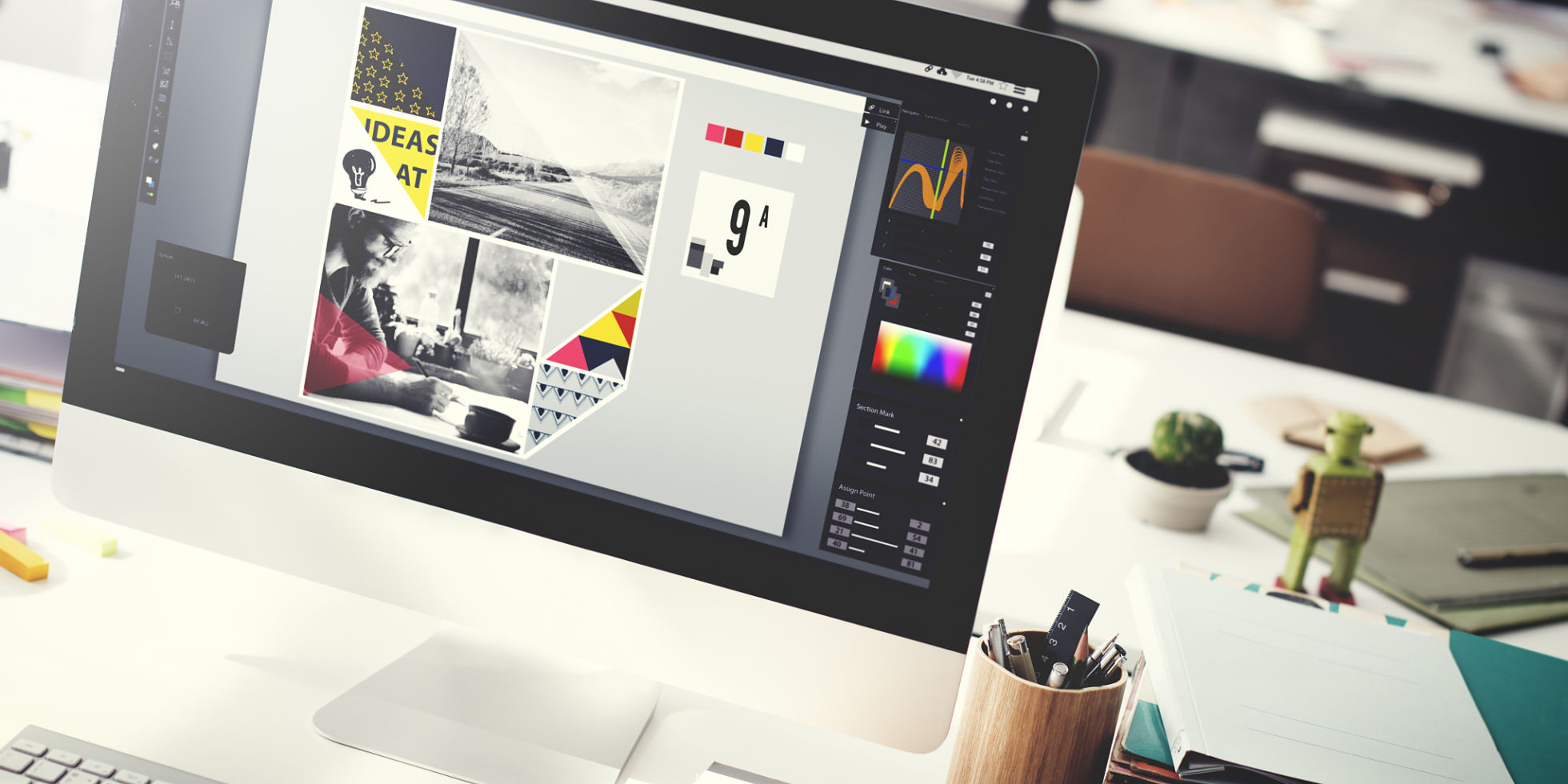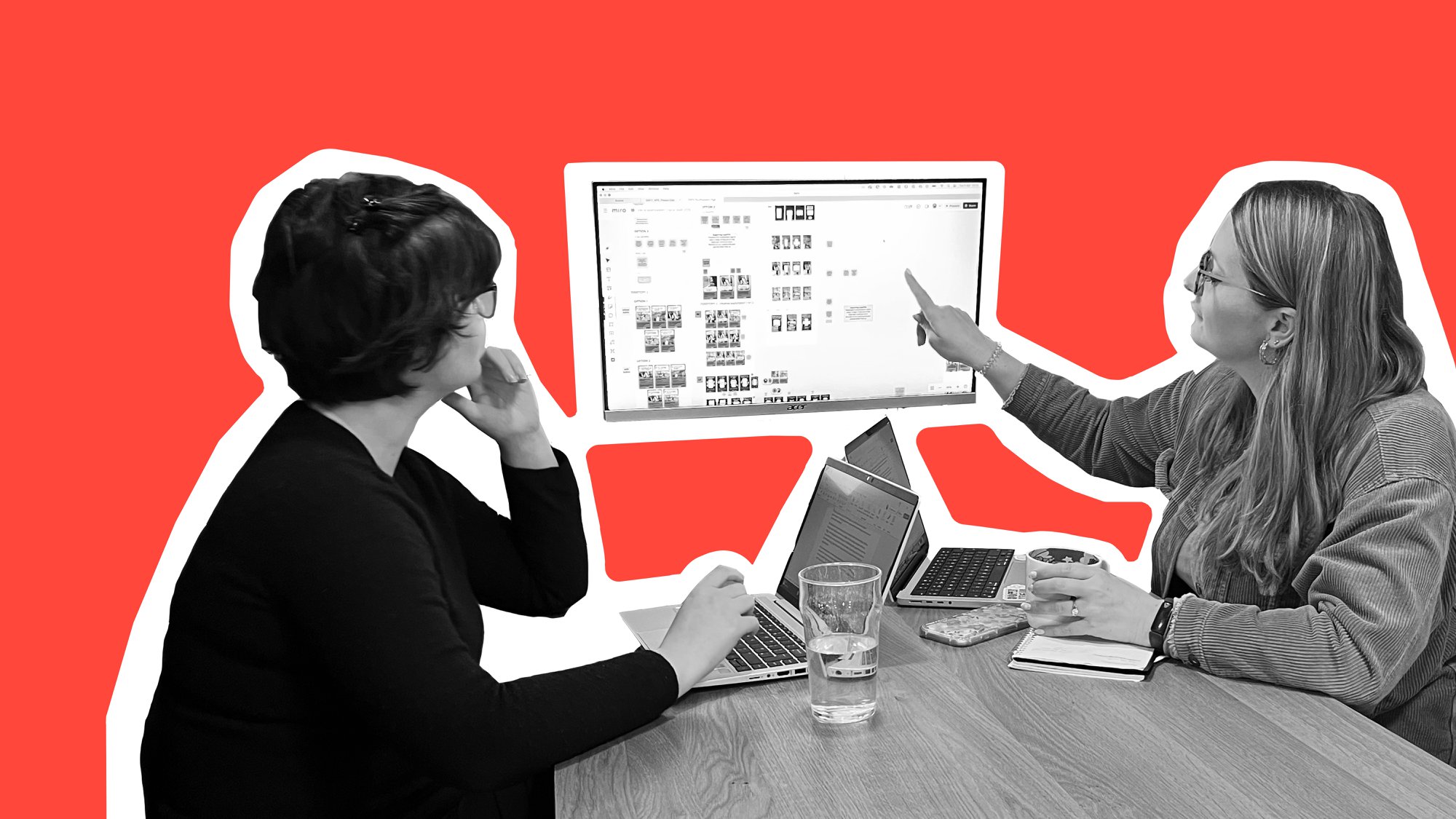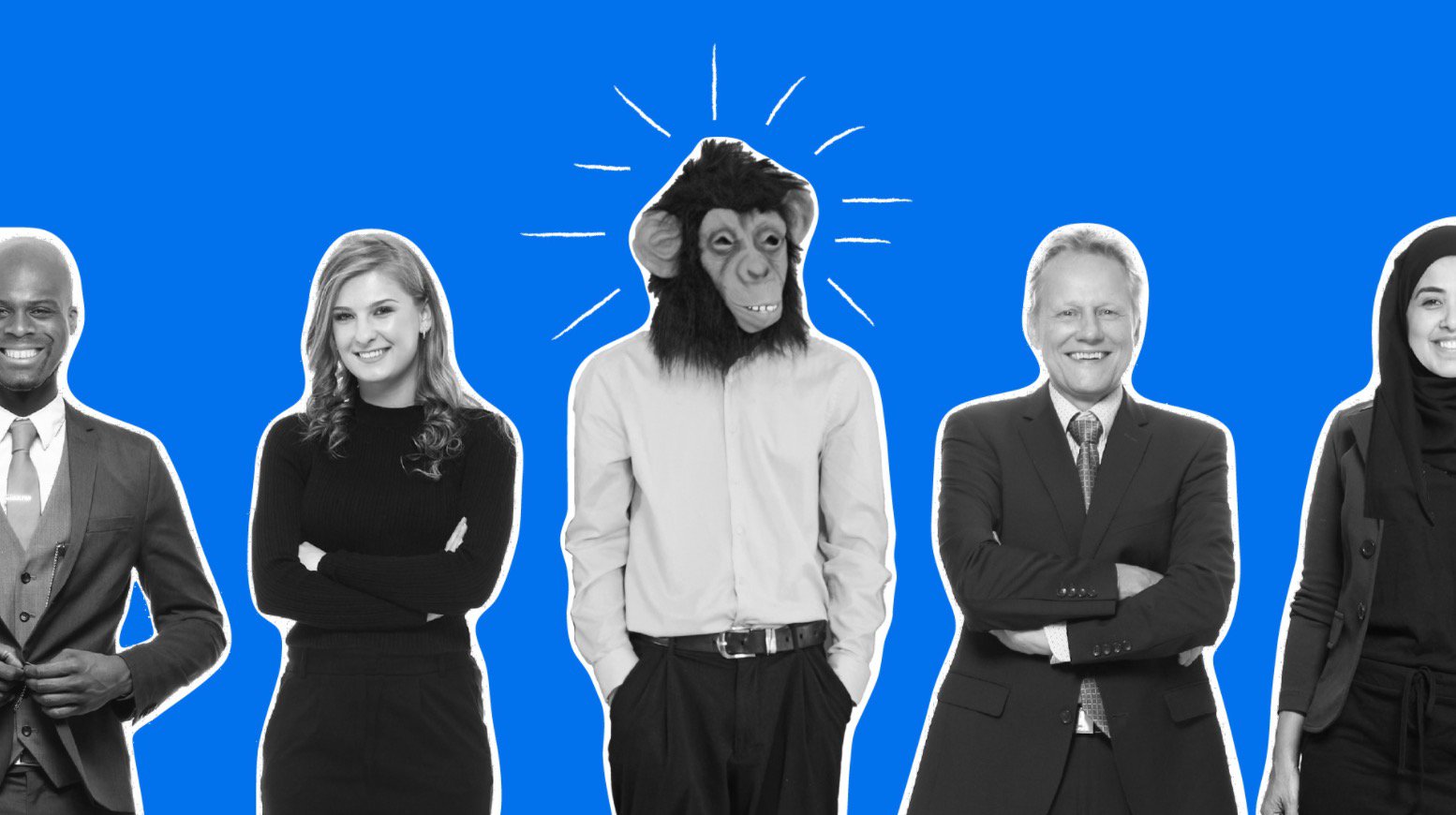Could technology make my job redundant?

Technology is changing the way we work, the roles we take on and who is actually needed. Technical tasks and processes are being made easy or automated. Tools and templates for photo editing, publishing and creating digital products can be picked up by anyone. As a designer it’s got me re-evaluating my job and my future.
There’s no point waiting for a brief when technology is at hand to autocomplete.
Greater efficiencies but a growing need for reassurance
New technology and the drive for automation is removing human contact. This has had an impact on the consumer experience. To reinforce non-human interactions, people need extra reassurance and support. Design thinking can help. The process of discovery and ideation anticipates needs and behaviour. Asking what we want people to think, feel and do. This can be an ambiguous area. What people say they do can be very different from their actions.
Greater connectivity relies on trust
Access to social media, rating sites and reviews has empowered the individual. Creating like-minded groups who spot the gaps in the promise of a product or service. Failing to meet an expectation is quickly identified and shared instantly. Breaking trust, however small, creates fragile relationships between consumers and providers.
Outsourcing and third-party involvement in business and government has now become normal. Temporary staff, agents, couriers, affiliates, franchisees, retailers, etc. have put customer touch points outside of direct control.
Brands are relying on design standards to ensure a level of quality. A well articulated brand makes its purpose clear. It gives customers, employees, volunteers, investors and advocates a reason to believe and a sense of belonging.
Less is more
Technology has made many things invisible, a smart phone seem to be all you need to carry. This means that the stuff that we can see, touch and feel has become more precious. People still desire beautiful things and design thinking helps create those things. Crafted objects, intuitive spaces, clever materials and less waste.
From push to pull
Marketing has also changed. Technology has flipped the relationship with consumers from a push to a pull. We now see brands as trusted advisors. We seek them out and as partners they provide smart, personalised products and services. We trade choice and serendipity for our loyalty. Supermarkets began this with loyalty schemes and own-brand promotions. Amazon, with the help of technology like Alexa, is taking it to the next level. Learning what an individual likes.
In theory Artificial Intelligence is able to write this blog. Generating long copy using its own independent research. However, why would it bother? With AI built into the things around us, generating answers has become less important. Instead we are rewarded for the questions we ask.
The popularity of the digital camera predicted the end of the professional photographer. Yet, photography has never been more popular. Consumers now demand more and better-quality images. Photographers have had to up their game. Designers are now facing the same challenge.





